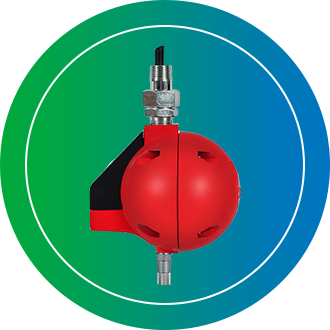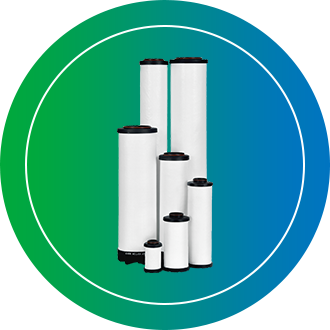A membrane air dryer works on the principle of selective permeation, where a bundle of hollow, porous polymer fibers separates water vapor from compressed air. As wet compressed air flows through the fibers, water vapor moves through the membrane's pores at a faster rate due to a pressure difference, while the drier air continues downstream. This moisture is then carried away from the dryer by a small "purge" or "sweep" air stream.
How it works
Compressed air enters: Filtered, wet compressed air enters a housing containing thousands of tiny hollow fibers.
Selective permeation: The membrane fibers have a special coating that allows water molecules to pass through, but not the air molecules.
Moisture removal: A pressure difference between the inside and outside of the fibers drives the water vapor to permeate the membrane and move to the outside of the fibers.
Dry air exits: The dry compressed air continues to flow through the center of the fibers and exits the dryer at nearly the same pressure as the inlet air.
Moisture is purged: A small amount of the dry air (purge air) is used to sweep the water vapor away from the outside of the fibers and vent it to the atmosphere. This process does not create liquid condensate that needs to be drained.







